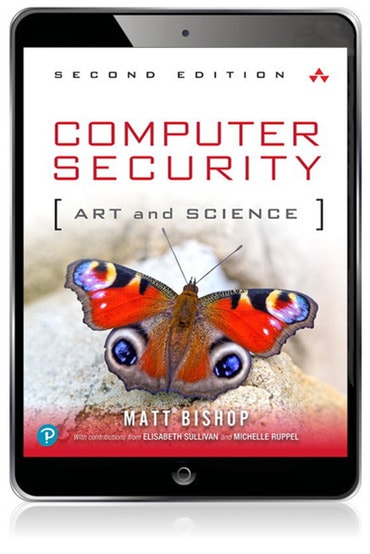
Computer Security: Art and Science, 2nd edition
Published by Addison-Wesley Professional (November 27, 2018) © 2019
- Matt Bishop University of California - Davis
Title overview
An introduction to computer security
Today, everyone recognises the importance of safeguarding computer systems and networks from vulnerability, attack, and compromise. But computer security is neither an easy art nor a simple science: its methodologies and technologies require rigorous study, and a deep grounding in principles that can be applied even as technologies change. Moreover, practitioners must understand how to align concepts with real policies, and then actually implement those policies - managing inevitable tradeoffs such as 'How secure do our devices really need to be, and how much inconvenience can we accept?'
In his extensively updated Computer Security: Art and Science, Matt Bishop offers a clear, rigorous, and thorough introduction to the entire modern field of computer security. Bishop covers access control; security, confidentiality, integrity, availability, and hybrid policies; policy composition; cryptography; authentication; identity management; information flow; assurance; formal methods; system evaluation; vulnerability analysis; auditing; intrusion detection, and many other topics.
This edition adds four new chapters, including a brand-new chapter-length case study on the high-profile issue of electronic voting. Through this case study, Bishop demonstrates how principles, policies, procedures, and technology come together in a crucial real-world application.
